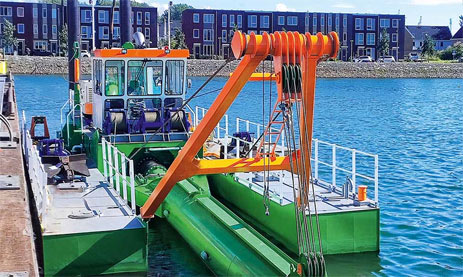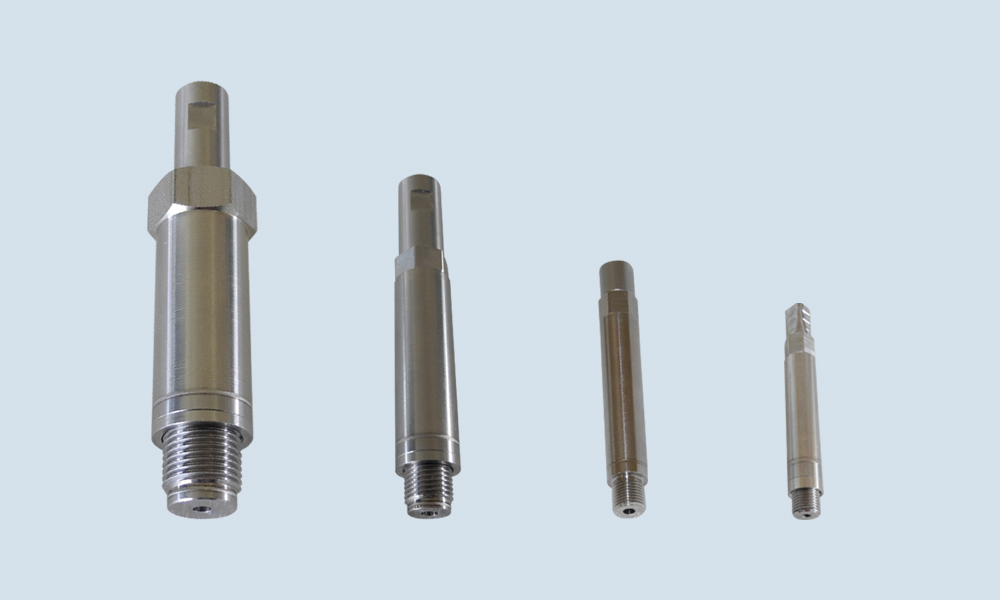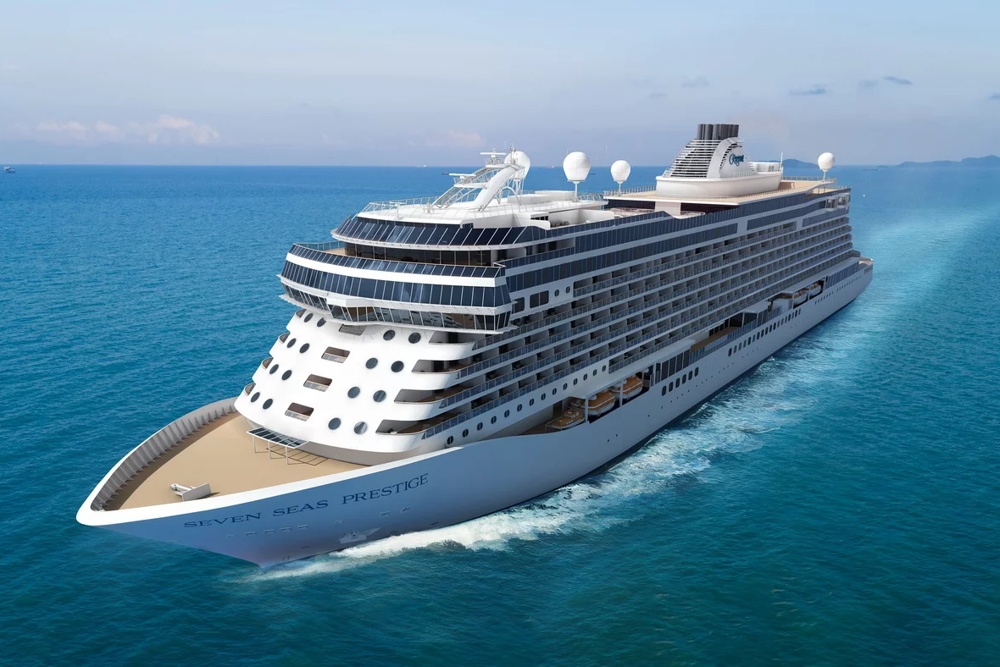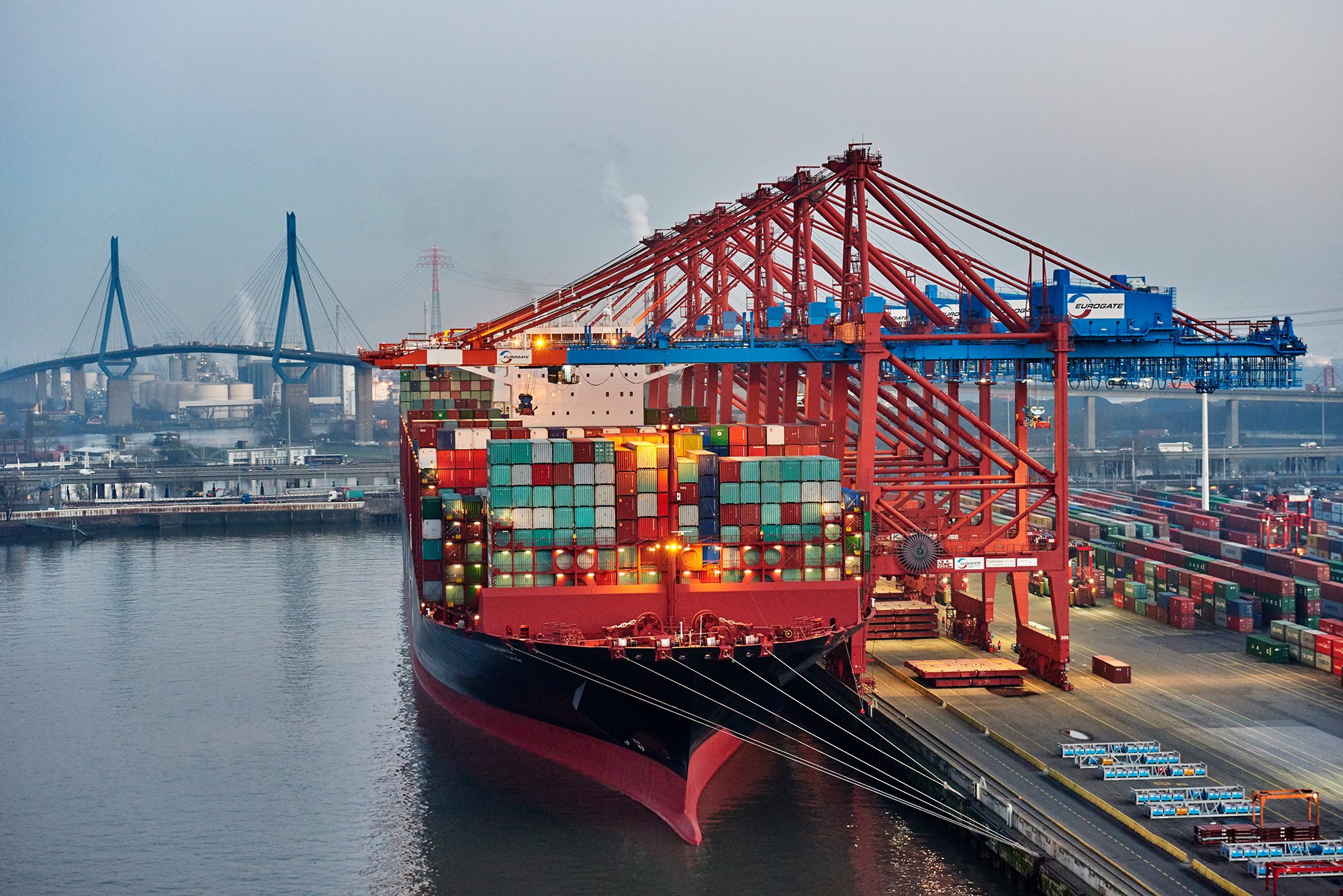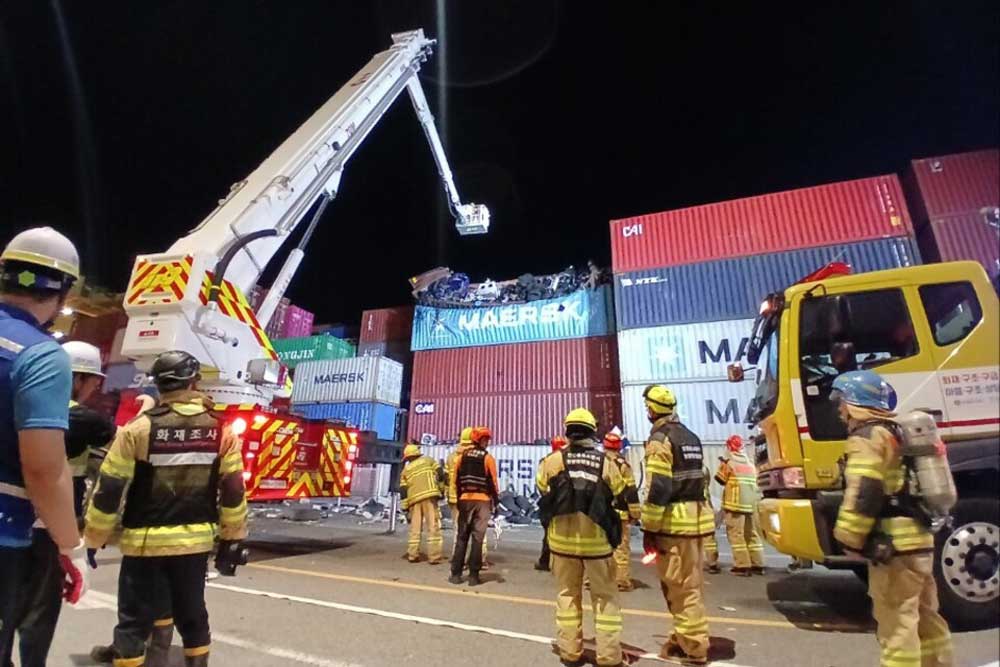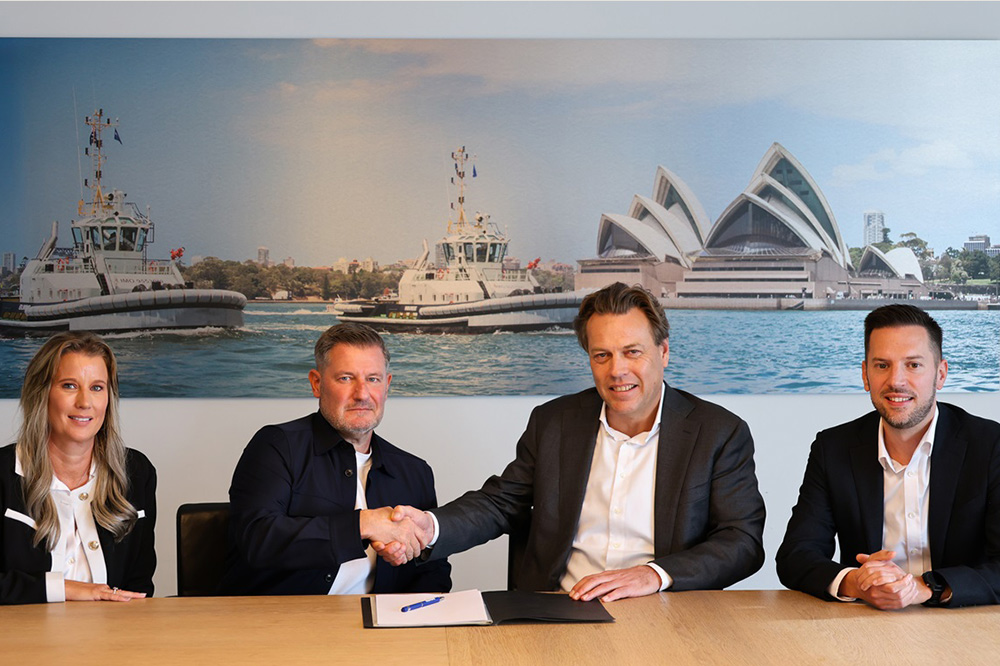Freight volumes in Long Beach, California, fell again last month. However, the trend for the year remains positive.
Freight volumes at the port of Long Beach fell significantly in September. The main reason for this is the change in trade policy under President Donald Trump: tariffs, rising prices and the resulting drop in consumer demand have had an impact on container throughput.
Port workers and terminal operators handled 797,537 TEU last month, 3.9% less than in September 2024. Imports fell by 6.9% to 388,084 TEU and exports by 3.6% to 85,081 TEU. The number of empty containers passing through the port rose slightly by 161 containers to 324,372 TEU.
“Tariffs impact the financial decisions and purchases of consumers and businesses,” said Mario Cordero, currently still CEO of the Port of Long Beach. “Our Supply Chain Information Highway digital freight tracker is forecasting a relatively stable October, followed by a slight decline in November due to expected weather-related delays and vessel schedule changes.”
“I commend our industry and labor partners for their continued commitment to keep goods moving through the port,” said Frank Colonna, president of the Long Beach Harbor Commission. “Our reputation as the premier gateway to trans-Pacific trade rests on our ability to provide fast, reliable and sustainable transportation of goods.”
Despite this development, Long Beach, one of the largest ports in the United States, remains on track: In the first nine months of 2025, the port handled 7.39 million TEUs, 6.8% more than in the same period last year. With throughput of 2.64 million TEU between July and September, the last quarter was also the second busiest since records began. The last time throughput fell was back in May; this was also due to President Trump’s tariff policy.










